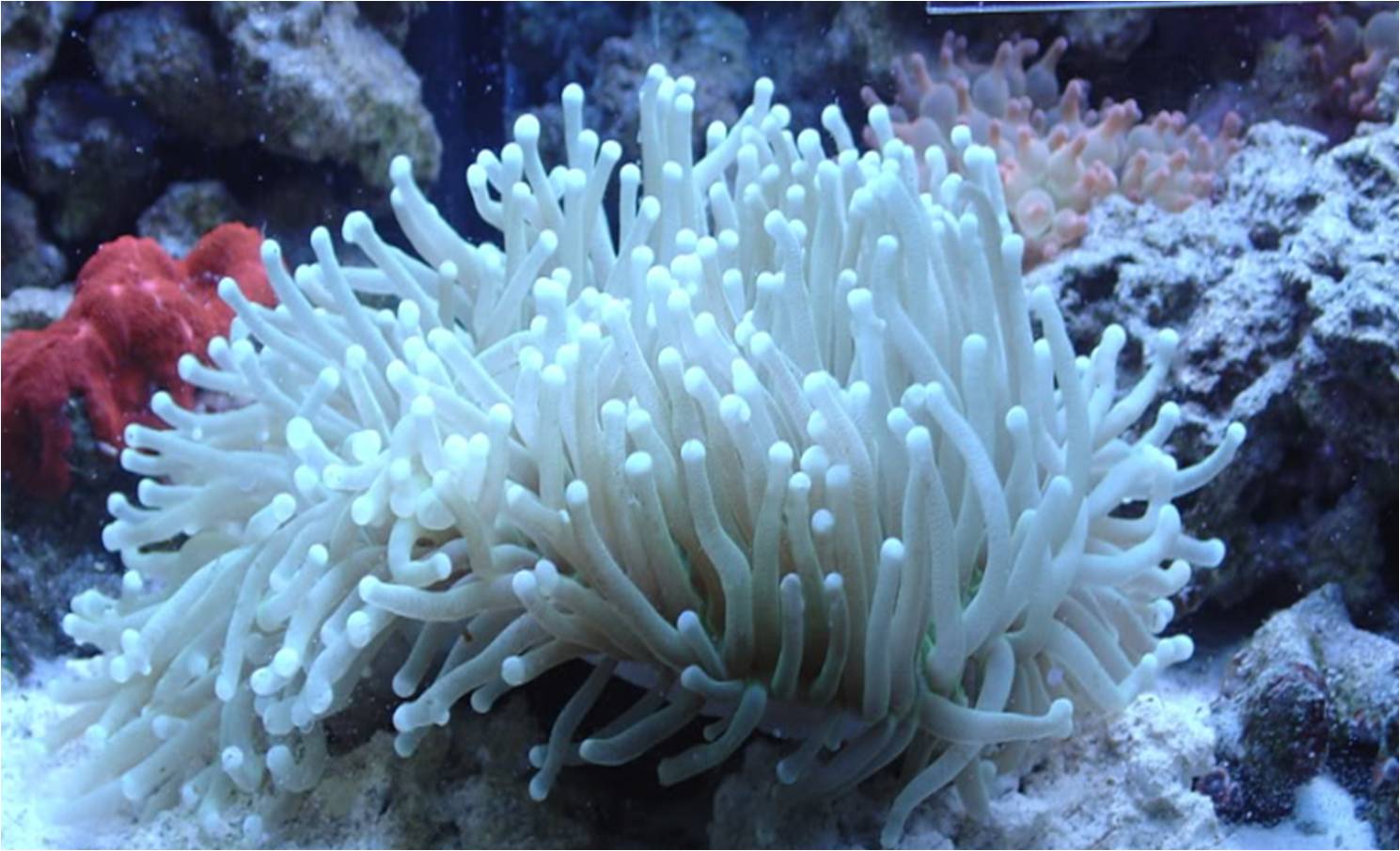
Long Tentacle Plate Coral
Scientific Name: Heliofungia Actiniformis
Common Name: Long Tentacle Plate Coral, Long Tentacle Fungia Coral, Long tentacle Heliofungia Plate Coral
Type of Coral: LPS (Large Polyp Stony Coral)
Lighting: Moderate
Flow: Low/Moderate to Moderate
Care Level: Moderate
Temperament: Aggressive
Appearance
As the name suggests, the long tentacle plate coral is shaped a lot like a plate, with a round and somewhat flat body which rises a little in the center where the mouth is. It is also covered with long tentacles (with knob like structures on the tips) which can give it an appearance very similar to many anemones like the magnificent anemone for example. Long tentacle plate corals are most commonly brownish to olive green in color.
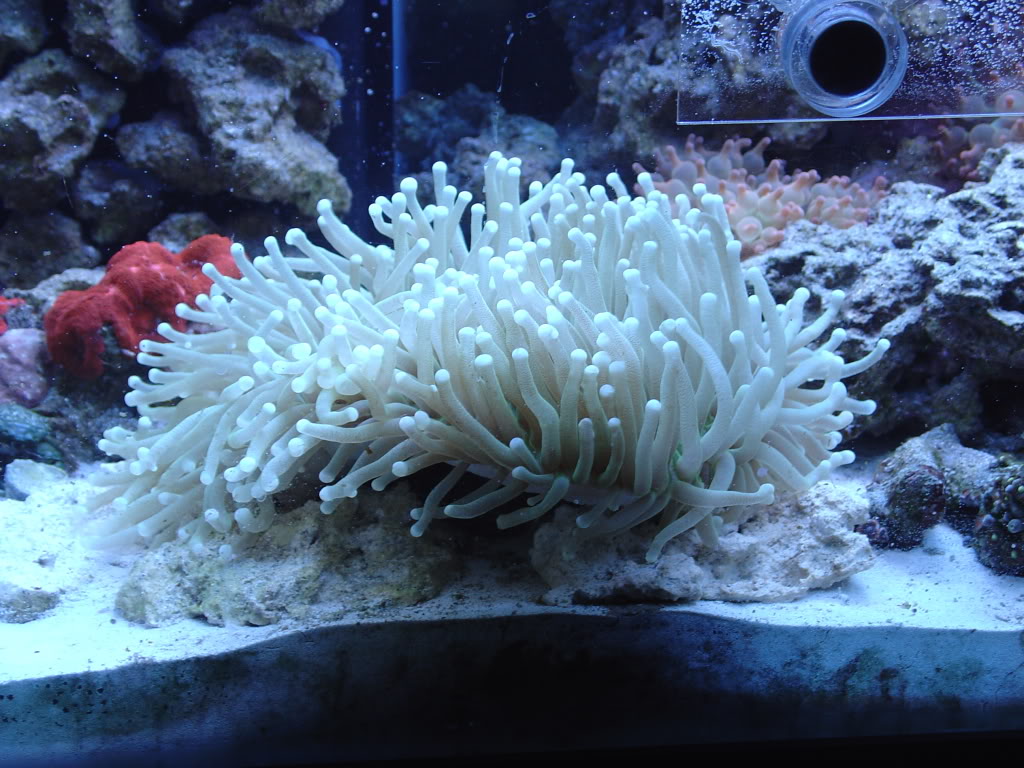
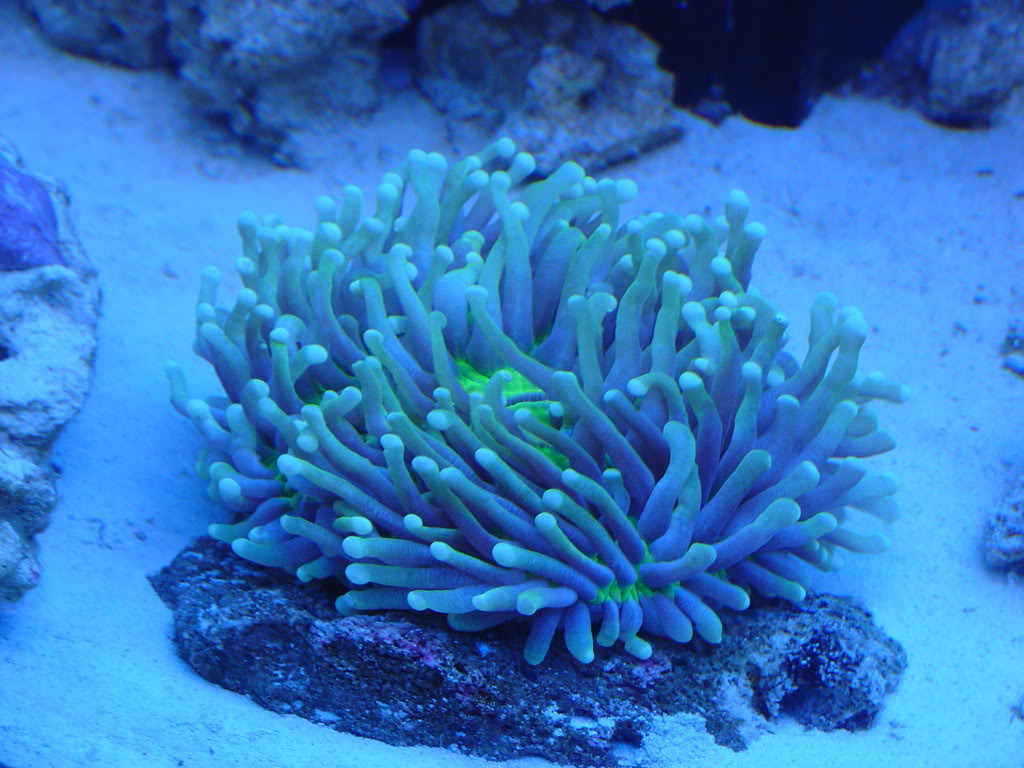
Water Conditions
The below link highlights typical water conditions long tentacle plate corals, just as with most LPS, will require. As this is a moderately difficult coral to keep, you should ensure your dKH, Cal and Mag levels are maintained at all times with minimal nitrate and phosphate levels. As this coral also has a calcified skeleton, it will consume calcium from your water. In set-ups with a good amount of LPS corals, it is not uncommon to have to dose dKH and Cal in order to keep the water parameters in line. With only a few LPS corals, a good water change schedule may be enough to maintain your parameters.
https://www.reefaquarium.com/2013/the-basics-of-marine-aquarium-water-parameters/
General Information
Long tentacle plate corals, as with most other LPS corals, should be added to mature aquariums. Provided all their requirements are met, they can grow to about 8 to 10 inches. Long tentacle plate corals typically do best when place on a smooth and sandy substrate on the bottom of the aquarium
This is a very aggressive LPS coral. It will release long sweeper tentacles that will extend a few inches beyond its base. They can also over inflate their body’s with water to over twice their normal size, which can allow them to move a little. These two factors would require a distance of around 5 inches from other corals.
Clownfish have also been known to host in long tentacle plate corals in aquariums that do not have anemones. Although this will not harm the clownfish, this can sometimes stress the coral to the point where it could become damaged and prone to infections.
These corals can also benefit from the occasional feeding of meaty foods, or pellet food meant for corals. I would always recommend a weekly (or so) feeding for this coral. The below link can explain how to feed these corals in more detail
https://www.reefaquarium.com/2012/feeding-corals/
As with all corals, the exterior slime coating can be a skin irritant or even highly toxic to humans so please, handle all corals with care. I would recommend wearing rubber gloves whenever you handle corals
The below pictures are of one of my long tentacle plate corals inflating itself
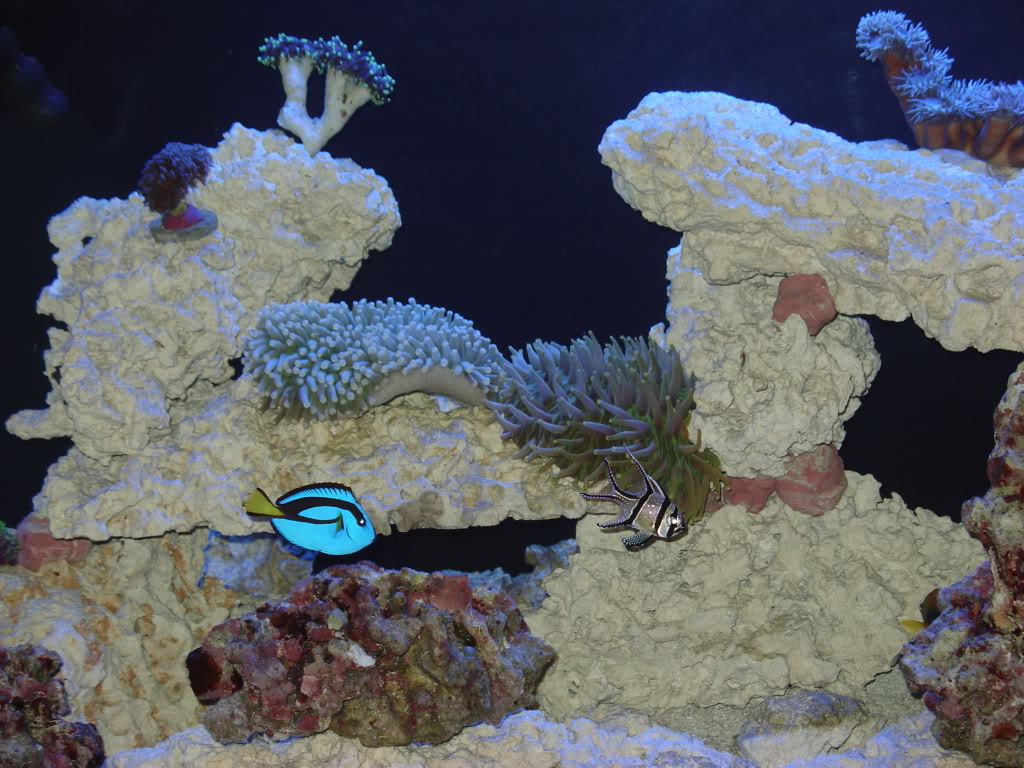
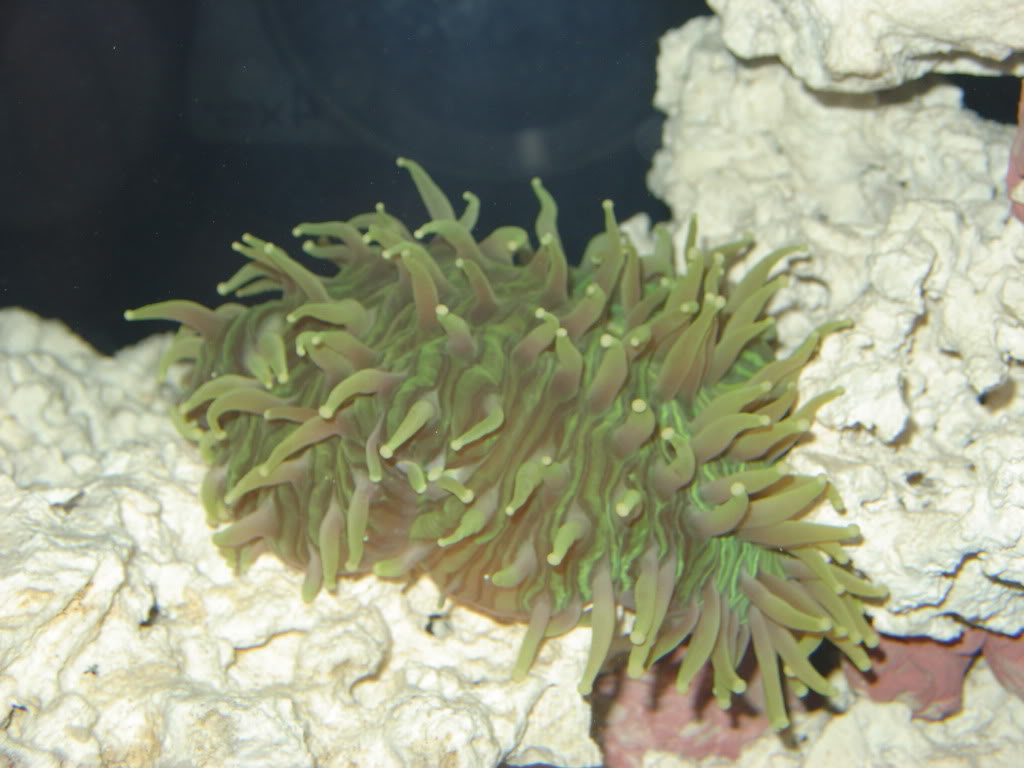
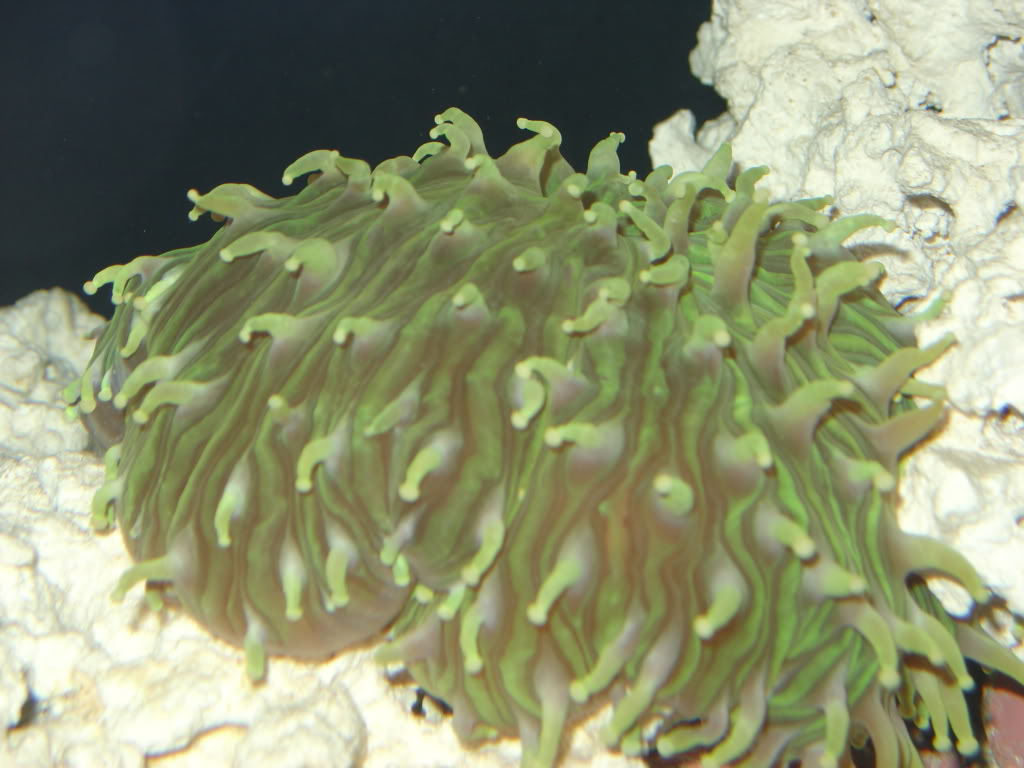
Fragging
Plate corals should not be fragged.